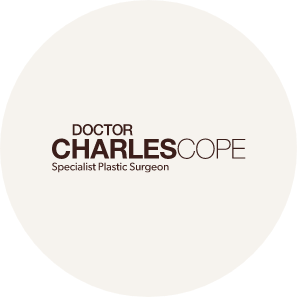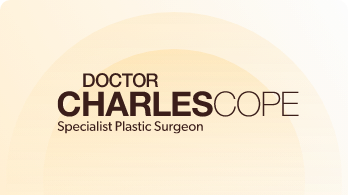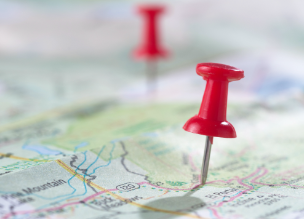As we age our faces lose volume, most notably from the cheeks. Without the fullness of youth, the depths of the folds and creases on the face increases, making the signs of aging more obvious. This can be especially noticeable after weight loss.
Facial volumisation restores lost volume to the cheeks, nasolabial folds, around the mouth and lips, restoring this volume.
Facial volumisation is often done with dermal filler injections, but facial fat transfer gives longer lasting results*.
*note results vary from person to person

Facial fat transfer can be performed by itself, but is also often performed at the time of a deep plane facelift (rhytidectomy) or other surgery such as blepharoplasty, and gives added benefit to the facelift for many patients by filling hollow cheeks, reducing the depth of lines such as the nasolabial folds, and enlarging lips.
Frequently Asked Questions
Anyone who has started losing volume or developing wrinkles in their face, which usually starts about 35-40 years of age. The commonest areas treated are the cheeks, nasolabial and labiomental folds, and under the outer part of the eyebrow with blepharoplasty (eyelid surgery)
Not all the fat that is transferred survives or ‘takes’, but by 6-8 weeks the long-term result is seen and is permanent. Sometimes more than one procedure is needed to achieve the required result*.
Dermal fillers can be used as alternative, usually lasting 6-12 months
The operation is performed as a day-surgery procedure in an accredited hospital.
Fat is removed by liposuction from other areas of the body such as abdomen, flanks and thighs. The fat is the then filtered to ensure that only pure fat is injected into the desired areas. The commonest areas treated are the cheeks, nasolabial, around the mouth and lips, and under the outer part of the eyebrow with blepharoplasty (eyelid surgery)
Small incisions (2-3mm) are used to harvest and inject the fat during the fat transfer procedure. These scars are rarely visible down the track.
During the first 5-7 days after surgery you need to rest and take things quietly at home. When you go home you need to wear a compression garment at all times except showering. Most people feel well enough to drive to the postoperative visit, which is usually 5-7 days later, and are back to work by this time after facial fat transfer*.
For most people it is 10-14 days until they are ready to return to sport and full activities*
*Note results vary from person to person



